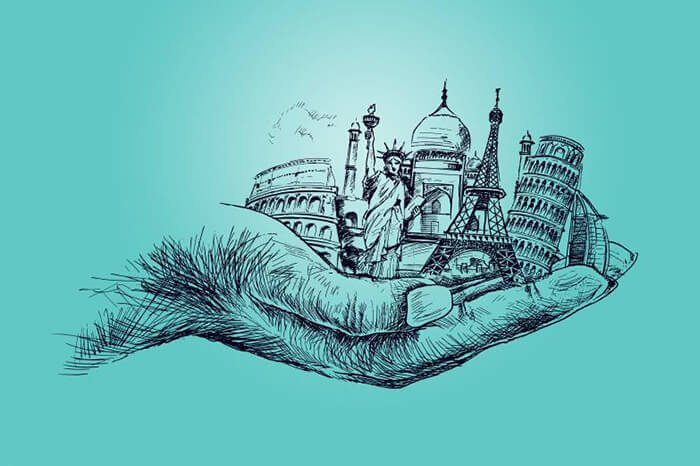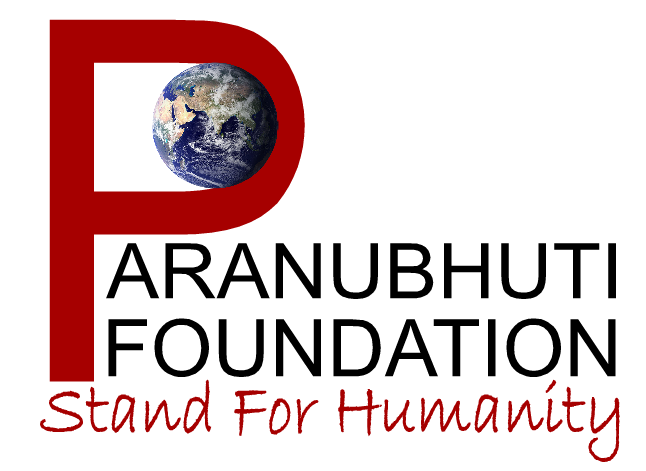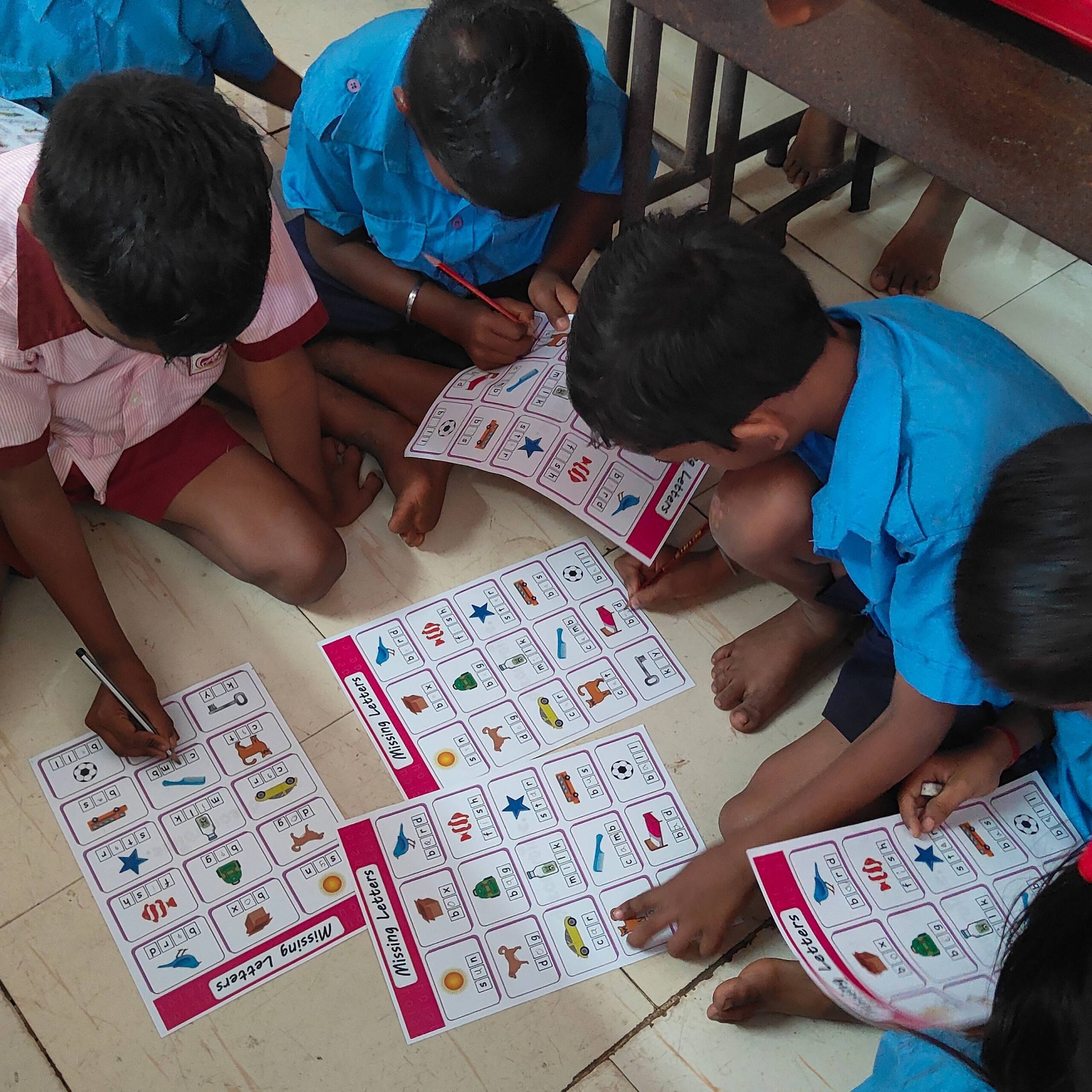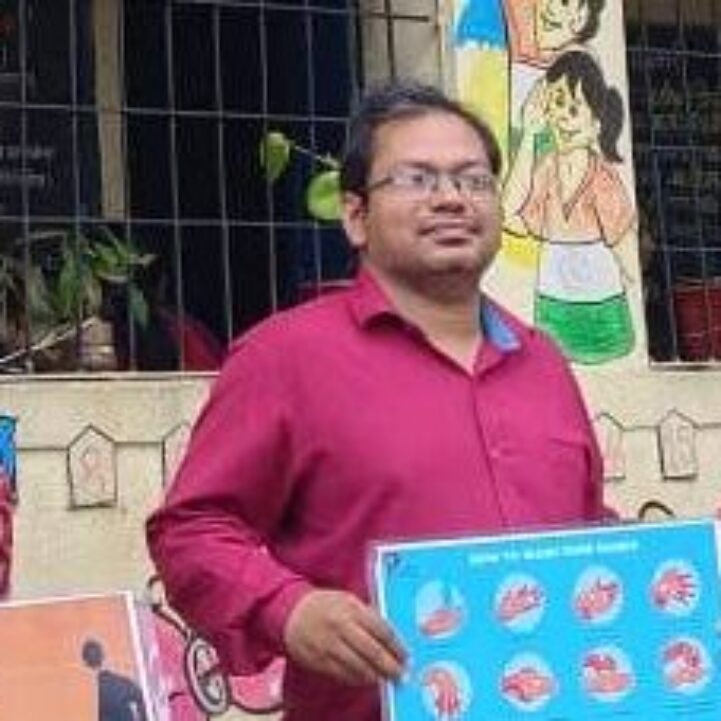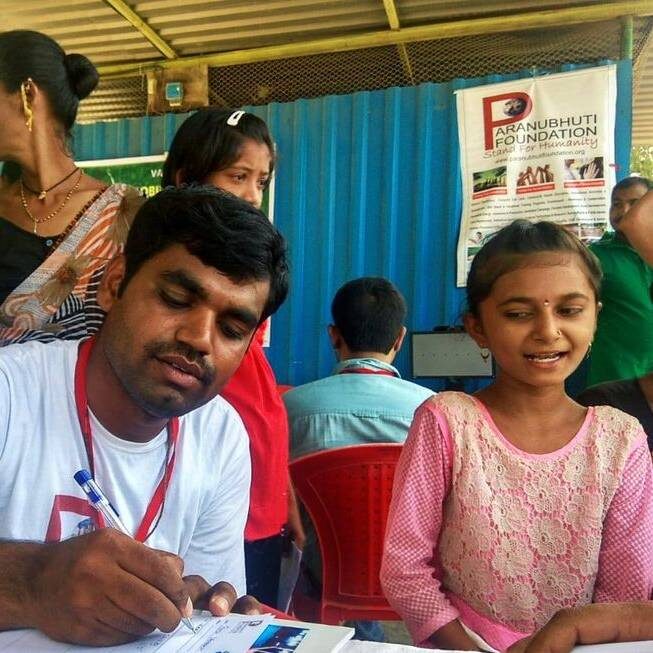Preserving Culture: Nurturing the Threads of Identity Through Time

Culture, a rich tapestry woven from the threads of traditions, customs, languages, and values, serves as the heartbeat of societies. In an era of rapid globalization and technological advancement, the need to preserve and safeguard our cultural heritage becomes paramount. Cultivating a deep understanding of the significance of our traditions and embracing adaptive strategies ensures that the essence of our cultural identity remains vibrant for generations to come.
The Importance of Cultural Preservation
Culture is not merely a collection of practices passed down through generations; it is the cornerstone of identity. Preserving culture safeguards a unique heritage that shapes the way communities perceive themselves and the world around them. It fosters a sense of belonging, unity, and continuity. Moreover, a rich cultural tapestry contributes to global diversity, promoting mutual respect and understanding across borders.
Embracing Tradition while Navigating Change
Preserving culture doesn’t imply stagnation. Rather, it involves a delicate balance between honoring tradition and adapting to the evolving needs of a community. Communities must recognize the aspects of their culture that are timeless and form the foundation of their identity, while also being open to positive changes that align with contemporary values and challenges.
Documenting Oral Traditions and Stories
Oral traditions, passed down through generations, are invaluable carriers of cultural wisdom. The act of documenting these stories, whether through written records, audio recordings, or digital mediums, ensures that the essence of cultural narratives endures. This documentation not only protects against the loss of tales but also facilitates the transmission of cultural values and knowledge to future generations.
Preserving Languages
Languages encapsulate the nuances of a culture, serving as vessels of collective memory. Language preservation involves efforts to teach, document, and revitalize endangered languages. Bilingual education, language immersion programs, and the creation of language learning resources contribute to the safeguarding of linguistic diversity, fostering a deeper understanding of cultural nuances.
Cultural Institutions and Museums
Establishing and supporting cultural institutions and museums play a pivotal role in preserving artifacts, artworks, and historical records. These institutions act as custodians of tangible and intangible cultural heritage, providing spaces for education, research, and public engagement. Collaborative efforts between communities and institutions help ensure that cultural treasures are accessible to both current and future generations.
Education as a Catalyst for Cultural Preservation
Incorporating cultural education into formal and informal learning environments is essential. By instilling an appreciation for cultural diversity in educational curricula, individuals develop a strong sense of cultural identity and an understanding of the interconnectedness of global cultures. Cultural education empowers communities to actively participate in the preservation of their heritage.
Community Engagement and Participation
Preserving culture is a collective responsibility that requires active community engagement. Involving community members in decision-making processes, celebrations, and initiatives ensures that preservation efforts are rooted in the lived experiences and aspirations of the people. Community-led projects, festivals, and events strengthen the bonds that hold cultural threads together.
Technology as a Tool for Preservation
In the digital age, technology can be harnessed as a powerful tool for cultural preservation. Digital archives, online platforms, and virtual reality experiences can enhance the accessibility of cultural heritage. Leveraging technology allows for the global dissemination of cultural knowledge while maintaining authenticity and respect for the traditions being shared.
Conclusion: A Continuum of Cultural Flourishing
Preserving culture is not a static process but a dynamic continuum that requires adaptability and collective commitment. By recognizing the intrinsic value of cultural heritage and embracing innovative approaches to its preservation, societies can ensure that the richness of their traditions remains an enduring source of inspiration, wisdom, and identity for generations to come. In nurturing our cultural tapestry, we weave a legacy that bridges the past, present, and future, fostering a sense of belonging that transcends time and space.
